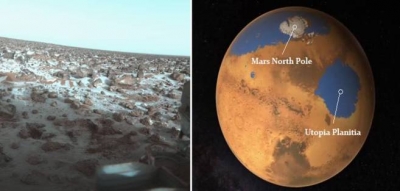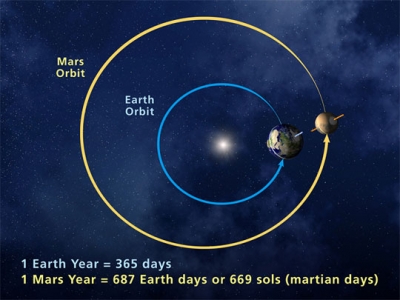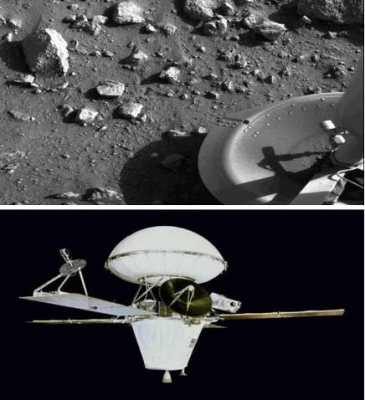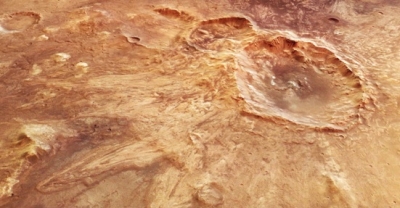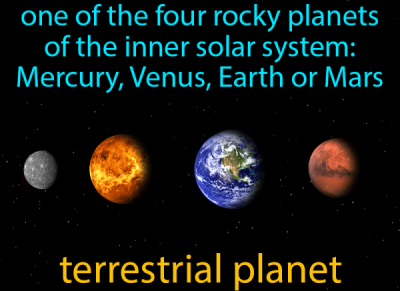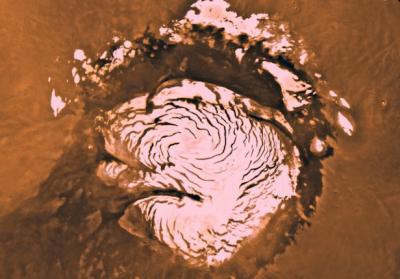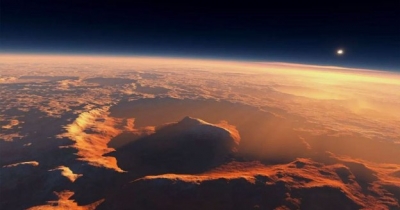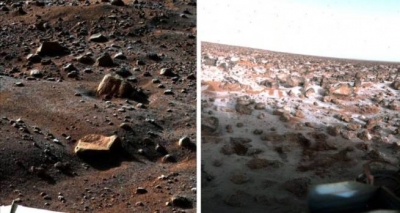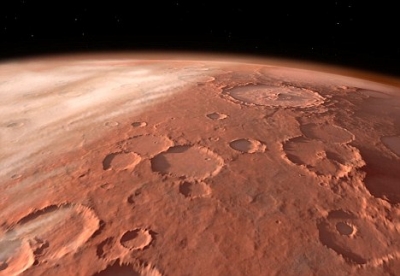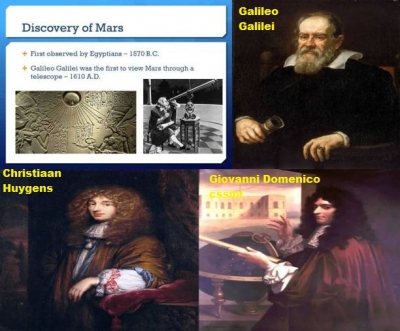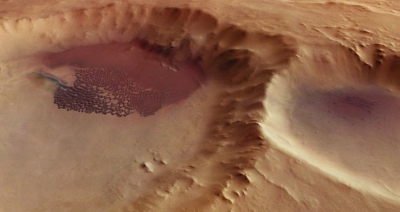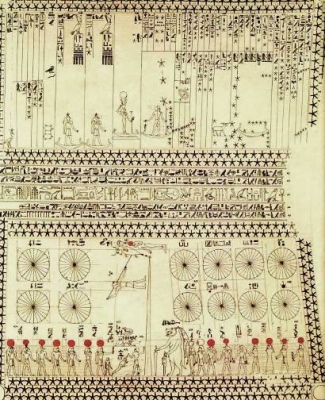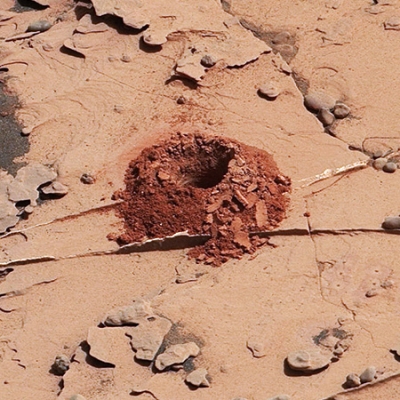What do we know about Mars’ Borealis Basin?
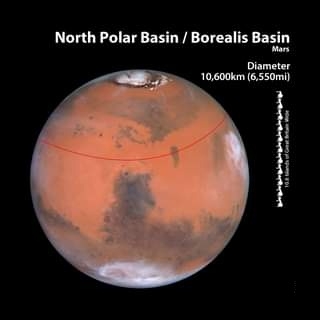
Isn’t it curious how most of the Martian northern hemisphere is a low-lying flat terrain, while the southern side, dotted with craters, lies one to two kilometres higher than it? To explain this scientists have come up with a theory - the northern plains is one large impact basin called the Borealis Basin, or the North Polar Basin.
The Borealis Basin is elliptical in shape, approximately 10,600 kilometres at its widest, and covers almost one-third of the Red Planet. Like the southern highlands it contains craters too but far fewer in number. Utopia Planitia, which is presently the largest impact basin on Mars, is also located within it. Despite these craters, Borealis Basin is considered one of the flattest regions in our solar system.
It is believed that the Borealis Basin was created when a massive body crashed into Mars billions of years ago. Such an event can explain why the crust is thicker in the southern highlands as compared to the northern plains. Mars’ moons, Deimos and Phobos, could have also been formed from the debris of the impact. (But this too is just a theory, as the origin of Martian moons is a mystery to date.) This means that the impacting object would have to be one-fiftieth as heavy as Mars, and almost 1,900 kilometres wide to produce such a huge crater!
Nevertheless if this theory is proven true, the Borealis Basin would become the largest impact crater in our solar system!
Picture Credit : Google
